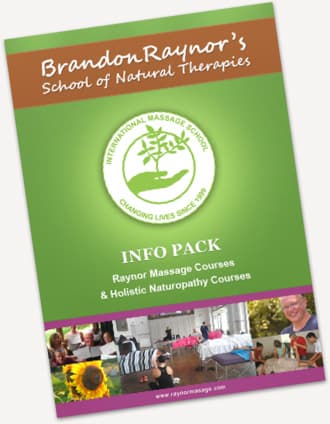Stevia (Stevia rebaudiana)
Common Names: Honey Leaf, Caa’-ehe, Sweet Leaf, Yerba dulce
Family: Asteraceae
Subtropical evergreen perennial, grown as an annual in cold climates, is
indigenious to Central and South America where it has been cultivated for
hundreds of years. When the Spanish invaded Paraguay in the 16 th century
they observed the Guarani Indians were using stevia to make herbal
remedies, to flavor meals and to sweeten drinks. Stevia has been adopted
by the Japanese as a common sweetner and China followed suit in 1985.
In 1931, Bridel and Lavieille, two French chemists discovered and
extracted the compound they coined as stevioside. Stevioside is produced
in the leaves of stevia and is 300 times sweeter than sucrose. Today stevia
is commonly used throughout the world, prized for its herbal and culinary
use.
Medicinal: Stevia is a valuable herb that has shown to increase mental
alertness, improved digestion, regulate blood pressure, increase energy,
and aid people with hypoglycemia. In this way it has enormous potential to
help diabetics and health problems related to the overconsumption of
sugar.
Culinary: The leaves can be used either fresh or dried. Stevia is extremely
sweet depending on the conditions in which it was grown and typically has
a slight licorice flavor. This herb can be used in drinks, desserts, and in ice
cubes to sweeten tea. Fresh or dried leaves can also be chewed to help
curb cravings for sweet or rich foods. Alternatively, a cup of water with a
stevia leaves infused into it reduce one’s appetite.
Character: Sweet
Constituents: stevioside, glucosides, rebaudioside, diterpenes, triterpenes, sterols, monoterpenes, sesquiterpenes,
gibberellins, rutin, alkanes, protein, essential oil
Vitamins: A, B, C
Minerals: calcium, magnesium, chromium, phosphorus, potassium, manganese, iron, selenium, silicon, sodium,
cobalt, zinc
Actions: antifungal, antimicrobial, diuretic, digestive, sweetner, tonic, decongestant,
